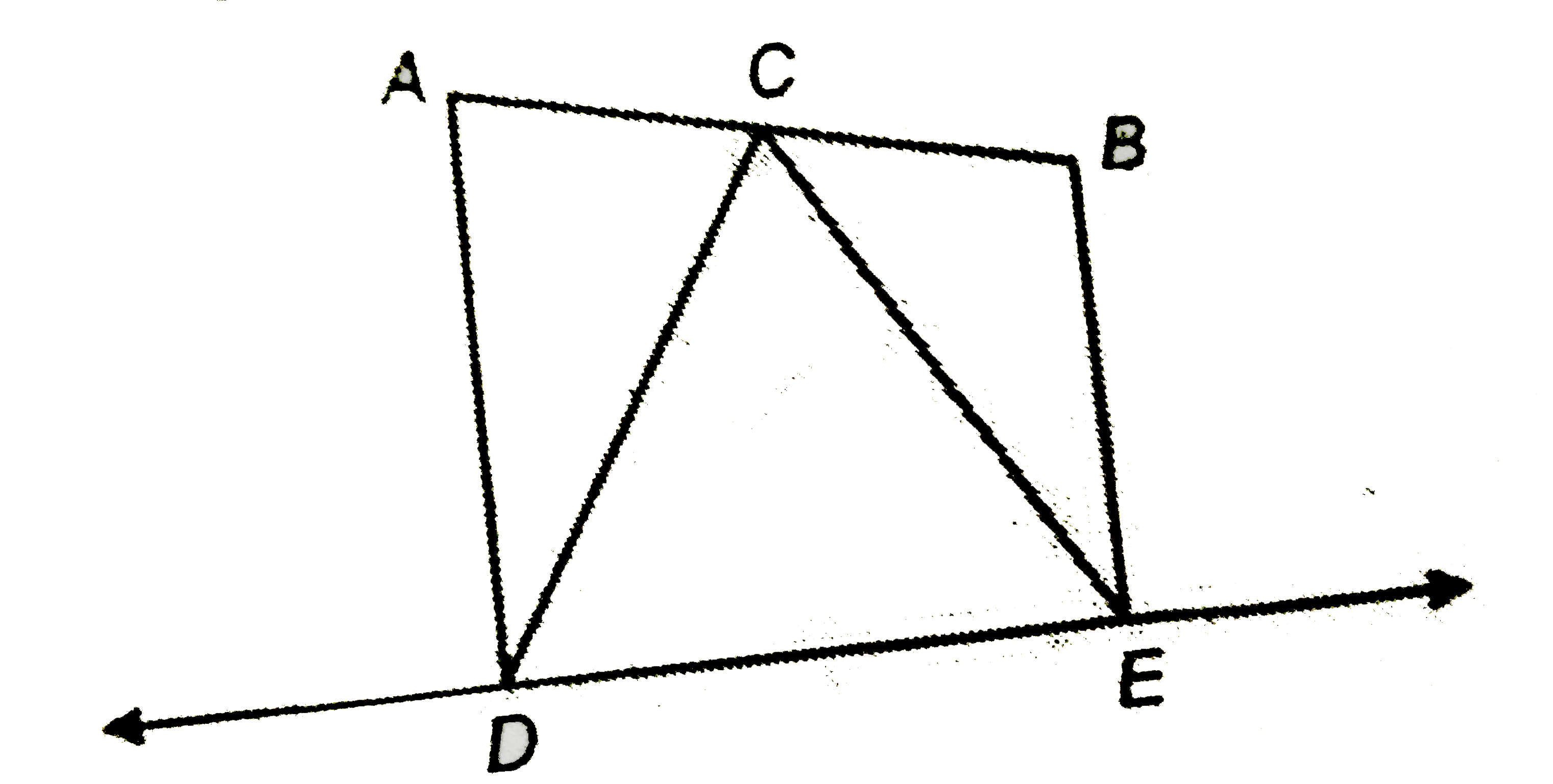BM and CN are perpendiculars to a line passing through the vertex A of a triangle ABC. If L is the mid-point of BC, prove that LM=LN.
To prove that LM=LN in triangle ABC with the given conditions, we will follow these steps:
Step 1: Understand the Setup
We have triangle ABC with points B and C on a line, and points M and N are perpendiculars dropped from points B and C to a line passing through vertex A. Point L is the midpoint of segment BC.
Hint: Visualize the triangle and the perpendiculars to understand the relationships between the points.
Step 2: Establish Relationships
Since L is the midpoint of BC, we have:
BL=LC
This means that the lengths from B to L and from L to C are equal.
Hint: Remember that the midpoint divides the segment into two equal parts.
Step 3: Draw Perpendiculars
Draw a line OL that is perpendicular to MN. Since BM and CN are both perpendicular to the line through A, we can conclude that:
BM∥CN
This implies that the angles formed with line OL are equal.
Hint: Use the properties of parallel lines and transversals to identify equal angles.
Step 4: Identify Equal Intercepts
Since BC is a transversal line to the three parallel lines BM, CN, and OL, by the property of equal intercepts, we have:
OM=ON
This means that the segments OM and ON are equal.
Hint: Recall that equal intercepts on parallel lines imply equal lengths.
Step 5: Analyze Triangles
Now, consider triangles OLM and OLN:
- We have OM=ON (from the previous step).
- The line OL is common to both triangles.
- The angles ∠LOM and ∠LON are both 90∘.
Hint: Use the properties of congruent triangles to establish equality.
Step 6: Apply the SAS Congruence Criterion
By the SAS (Side-Angle-Side) congruence criterion:
△OLM≅△OLN
This implies that:
LM=LN
Hint: Remember that corresponding parts of congruent triangles are equal.
Conclusion
Thus, we have proved that:
LM=LN
This completes the proof that the lengths from the midpoint L to points M and N are equal.
We have triangle ABC with points B and C on a line, and points M and N are perpendiculars dropped from points B and C to a line passing through vertex A. Point L is the midpoint of segment BC.
Since L is the midpoint of BC, we have:
BL=LC
This means that the lengths from B to L and from L to C are equal.
Draw a line OL that is perpendicular to MN. Since BM and CN are both perpendicular to the line through A, we can conclude that:
BM∥CN
This implies that the angles formed with line OL are equal.
Since BC is a transversal line to the three parallel lines BM, CN, and OL, by the property of equal intercepts, we have:
OM=ON
This means that the segments OM and ON are equal.
Now, consider triangles OLM and OLN:
- We have OM=ON (from the previous step).
- The line OL is common to both triangles.
- The angles ∠LOM and ∠LON are both 90∘.
By the SAS (Side-Angle-Side) congruence criterion:
△OLM≅△OLN
This implies that:
LM=LN
Thus, we have proved that:
LM=LN
Topper's Solved these Questions
Similar Questions
BM and CN are perpendicular to a line passing through the vertex A of a triangle ABC. If L is the mid-point of BC , prove that LM=LN.
View SolutionIn a △ABC, BM and CN are perpendiculars from B and C respectively on any line passing through A. If L is the mid-point of BC , prove that ML=NL. .
View SolutionIn a △ABC, BM and CN are perpendiculars from B and C respectively on any line passing through A. If L is the mid-point of BC , prove that ML=NL .
View SolutionIn the adjoining figure, two points A and B lie on the same side of a line 'l'. C is the mid-point of AB. If AD ⊥landBE⊥l, then prove that CD = CE.

View SolutionIn ABC , AL and CM are the perpendiculars from the vertices A and C to BC and AB respectively. If AL and CM intersect at O , prove that: (i) triangle OMA is similar to triangle OLC (ii) OAOC=OMOL
View SolutionA triangle ABC is right angled at A. AL is drawn perpendicular to BC . Prove that ∠BAL=∠ACB.
View SolutionTwo lines l and m interset at the O and P is Point on a line n Passing through the point O such that P is equidistant from l and m. Prove that n is the bisectof the angle formed by l and m
View SolutionABC is a triangle in which D is the mid-point of BC and E is the mid-point of AD. Prove that area of BED=14areaofABC.
View SolutionA (5, 3), B (-1, 1) and C (7, -3) are the vertices of triangle ABC. If L is the mid-point of AB and M is the mid-point of AC, show
that : LM=12BC.
View SolutionIf BM and CN are the perpendiculars drawn on the sides AC and BC of the ΔABC, prove that the points B, C, M and N are concyclic.
View Solution
